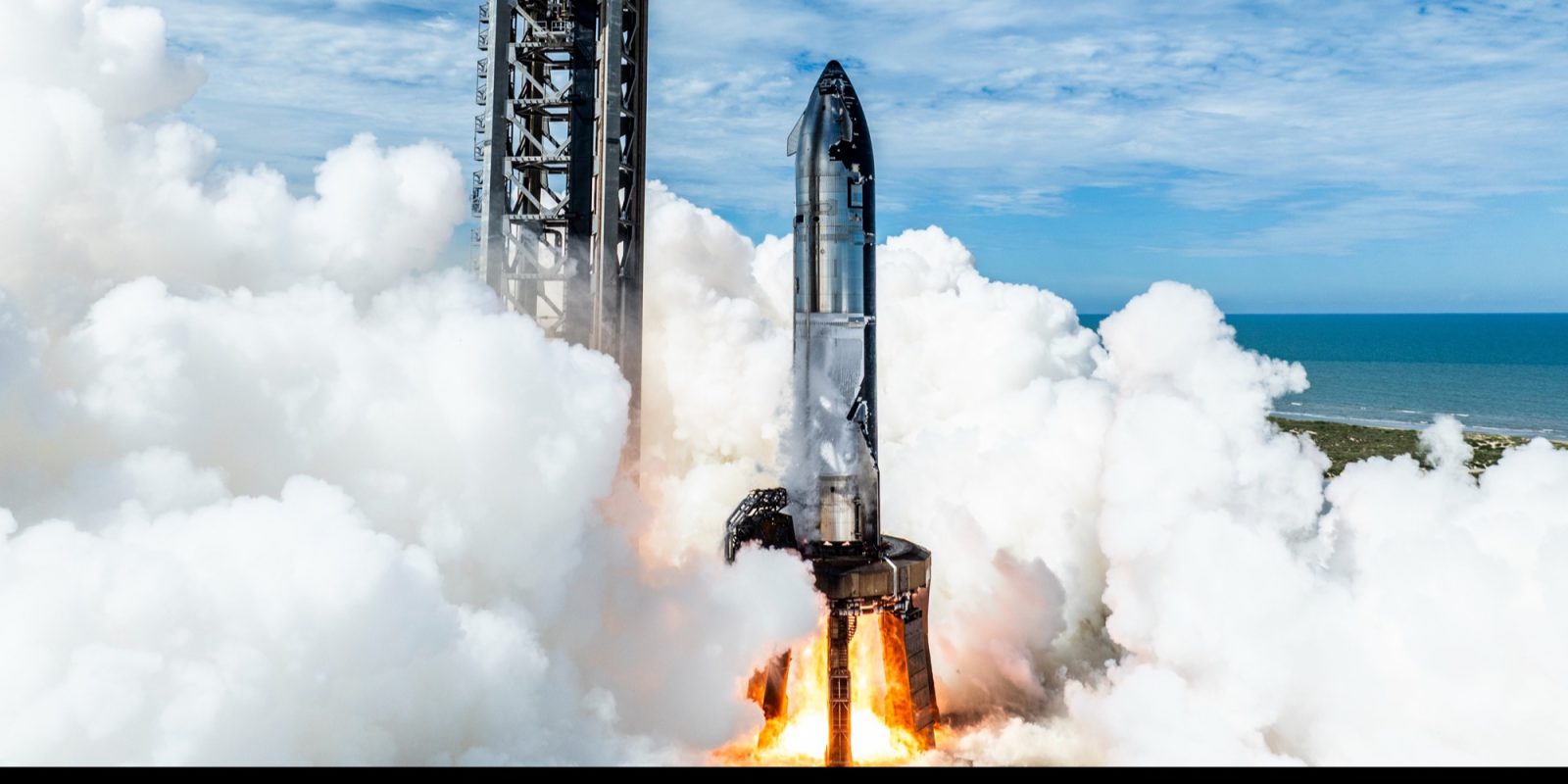
Last week, SpaceX got back to moving forward with a successful static fire of Ship 37, the upper stage segment for Starship Flight 10. This took a while to put together due to the loss of Massey’s post Ship 36 explosion, but now that it’s complete, it finally feels like there is life again at Starbase.
SpaceX conducted two static fires last week to get Ship 37 ready for launch. The first was the single-engine static fire that simulated what SpaceX has been trying to do on the last few missions: relight a Raptor engine in space. So far, Starship has been unsuccessful in completing that milestone, but they hope to do so on every new flight.
Second was a 10-second, six-engine static test that comprised both the sea-level and vacuum Raptor engines on Ship 37. This is an important all-around shake-down test of the ship to determine if it’s ready for flight.
SpaceX shared images and videos of both static fires, confirming they were successful and cleared a path for launch.
What was different about these two static fires compared to others was their location. Instead of using Massey’s dedicated static fire stand away from the main road, it used a modified launch mount on Pad A.
This was required due to the explosion and loss of Massey’s pad equipment and infrastructure during Ship 36’s anomaly. As it stands, SpaceX is still without a dedicated static fire pad, with the company rebuilding Massey’s propellant tank farm nearby to be more robust against future explosions.
To turn a launch mount intended for a booster compatible with Starship’s second stage, SpaceX engineers designed and built an adapter that Ship 37 could sit on and be secured to the launch pad.
For propellant, SpaceX modified the booster’s quick disconnect to provide the needed liquid methane, oxygen, and other consumables to Ship 37 using flexible hoses. While done quickly, it’s also rather clean, and you would likely never know that it was added on if you were watching SpaceX complete these changes live on various livestreams.
The upgrades do cause a problem for SpaceX: what to do next. In a normal launch testing cadence, these static fires would mean the launch of a full Starship rocket is next. However, now there are numerous modifications to the pad that pose damage if a launch takes place.
Starship’s launch mount takes a beating after each launch. SpaceX teams are in a constant battle to fix up any damaged parts between launches. Everything that is critical, like propellant and communication lines, is protected behind thick steel armor.
What is not protected are any of the modifications SpaceX recently made. These modifications will likely be needed for Ship 38’s static fire, which just completed a cryo test last week. While work on Massey’s repairs is making progress, it is still a few months away from being complete.
If left to remain for Starship Flight 10, then the modifications would likely be heavily damaged from the booster’s exhaust, requiring rebuilding. If they’re removed, this could lead to a longer wait for Ship 38, which would require those modifications being rebuilt.
There is talk about SpaceX likely delaying Starship Flight 10’s launch in order to get Ship 38’s static fire tests out of the way, removing any modifications and sealing up the launch mount only once.
Will this happen? Unknown. SpaceX’s updated post Ship 37’s static fire sounded like they were moving forward with Flight 10, but things can change quickly in Starbase without any notice.
FTC: We use income earning auto affiliate links. More.




Comments